Among the most iconic images from the Women’s March in January was a poster of a woman wrapped in a hijab covered in the flag of the United States.
The image intended to show strength in diversity and challenge representations of America that excluded Muslims. But some complained that the poster co-opted the image of a Muslim woman as a patriotic symbol – and also looked a little too much like an outfit recently worn by the (delusional) head of the Republican Muslim Coalition.
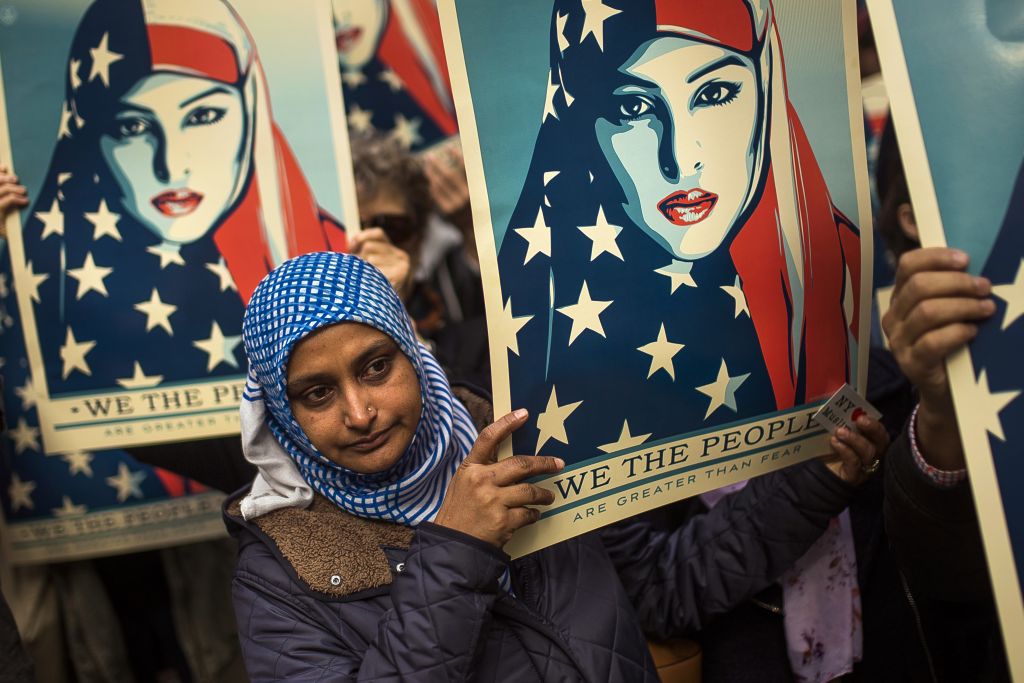
What does an American flag mean to an Iraqi-American woman who was forced to flee her homeland because of it, or a Yemeni woman whose homeland is daily bombed by US weapons? Indeed, claims that Muslims are “part of America” too often fall into the trap of reifying American exceptionalism, muffling (very much needed) critique of US policies both at home and abroad and instead trying to fit into a “model minority” slot.
Enter Hushidar Mortezaie, an Iranian-American fashion designer and visual artist whose work offers a stunning counter-image to Muslim-Americans dressed up in nationalism.
His poster “We Are One” depicts an Afghan woman surrounded by flowers, bomber planes, Persianate architectural embellishment, and the word “Peace” in various languages.
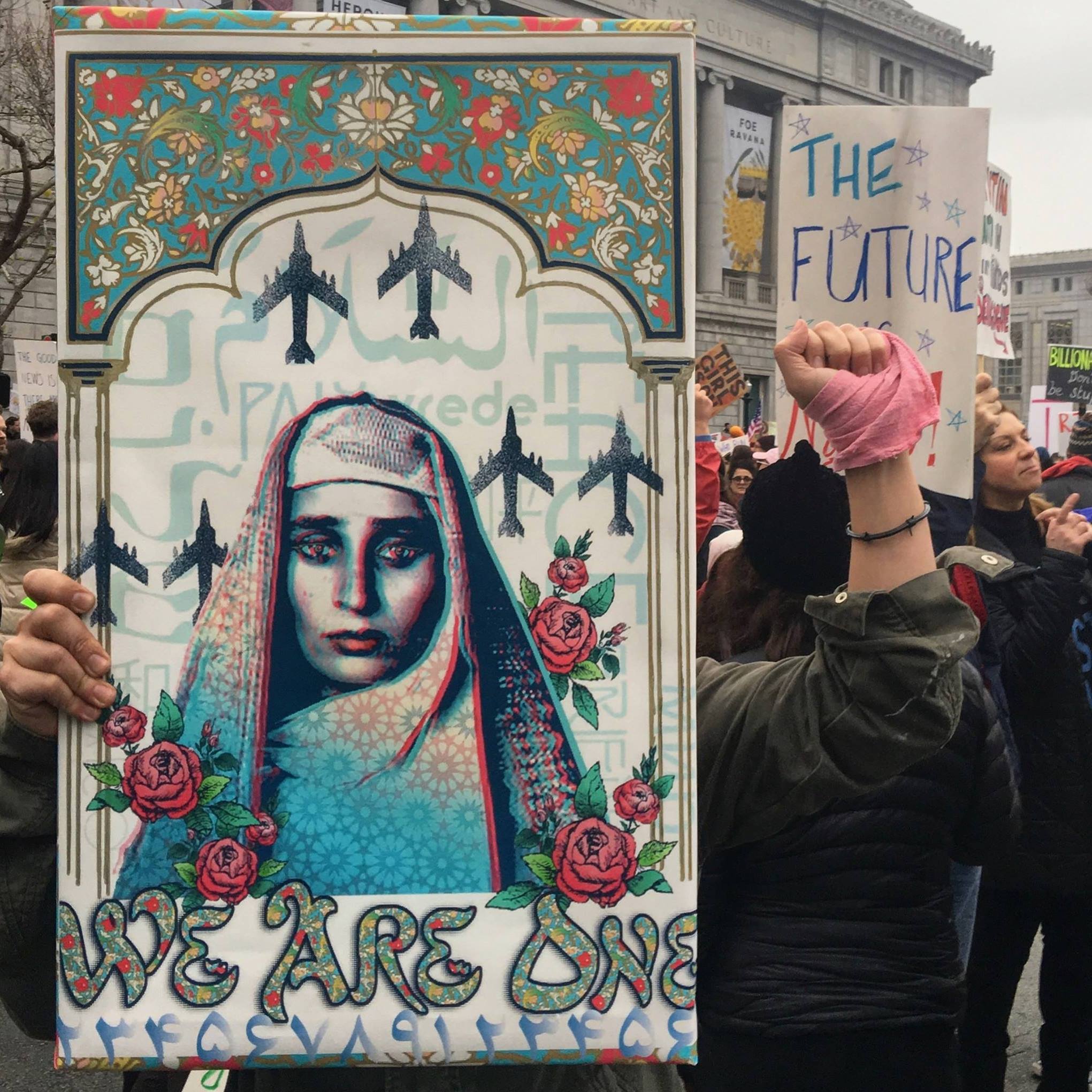 Hushidar’s poster does not shy away from the reality of war in modern American history; instead, it embraces that history, highlighting the strength and resilience of women across the Middle East in the face of decades of American and Western invasion, bombing, sanctions, and Islamophobia.
Hushidar’s poster does not shy away from the reality of war in modern American history; instead, it embraces that history, highlighting the strength and resilience of women across the Middle East in the face of decades of American and Western invasion, bombing, sanctions, and Islamophobia.
“Middle Eastern people have so often been the objects of the West,” Hushidar told Ajam during an interview. “They chop up our land, take away our resource, overthrow our democratic presidents, train militias, and then – when the militias bite the hands that feed them – they come back, bomb our countries, and call us terrorist threats, all the while saying that we are the ones attacking them.”
“Well, it’s your fault,” he continued. “I want them to understand that we have this history and we remember what has happened. But despite that, our message is one of peace. Those that try to create havoc in our lives will not win.”
Hushidar’s work is no stranger to powerful women. He has been involved in the fashion industry for decades, and much of his more recent works play with representations of powerful Iranian women as well as themes of religion, masculinity, and gender performance.
But Hushidar highlighted how difficult the months since Trump’s electoral victory have been, noting that panic attacks, nightmare, and fear of a war against Iran have become the new reality in his life, as they have for many Americans of Middle Eastern descent. But he stressed the need for both critique and unity at this time, arguing that “this must be a moment of enlightenment and strength, not oblivion and apocalypse.”
“Americans need to understand that Middle Easterners and Muslims are part of the fabric of this country and they don’t have a right to take that away from us because we helped build it,” he continued. “This belongs to us and comes from us.”
“Women are leading the resistance, and patriarchy is dwindling and flailing its last gasps. We’re standing together in strength and beauty to fight for each other, and we’re global citizens united for peace.”
His website, Silk Road Super, launches this Nowruz (i.e. March 20): https://silkroadsuper.com/. Until then, check out his Instagram: https://www.instagram.com/hushi5/


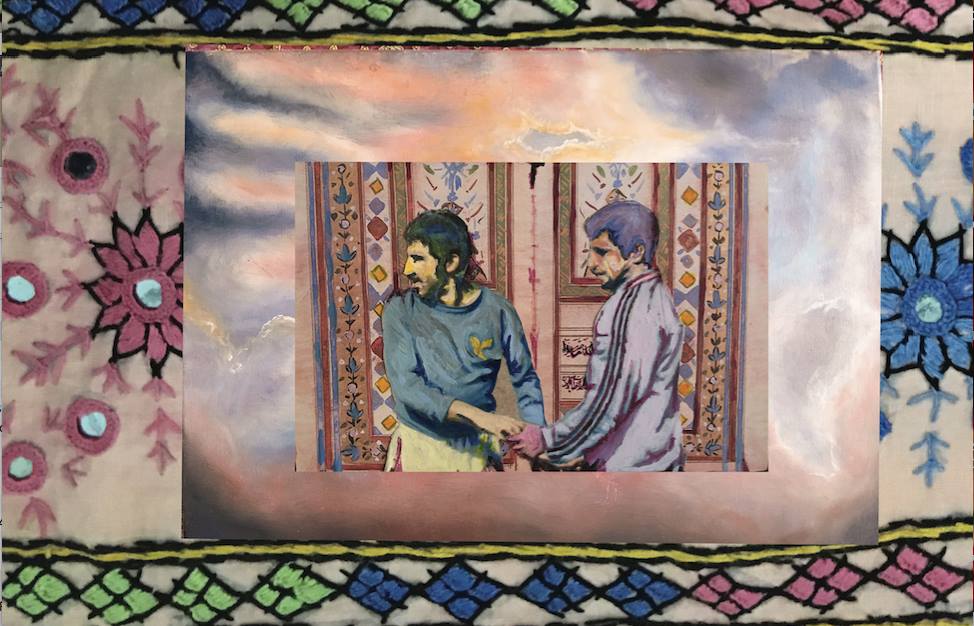


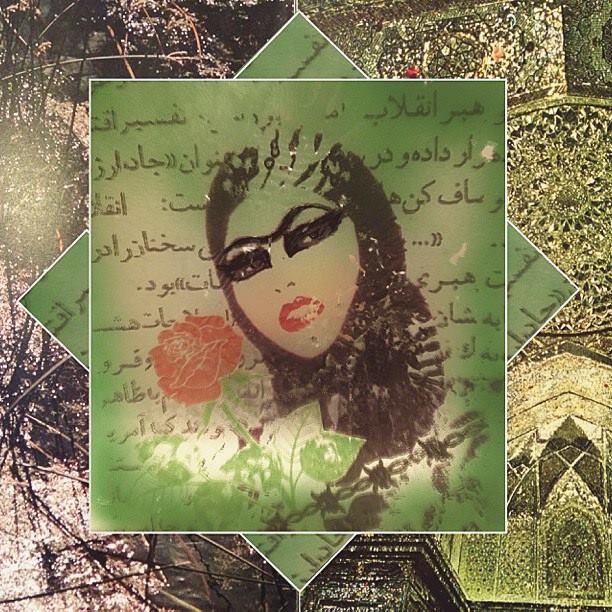
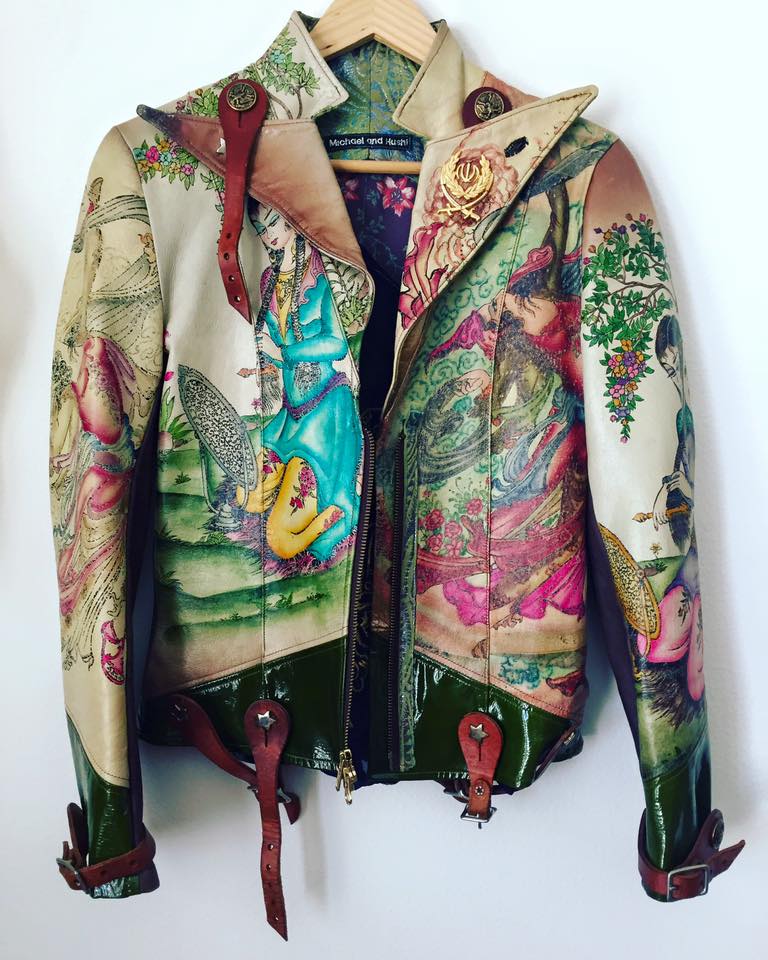
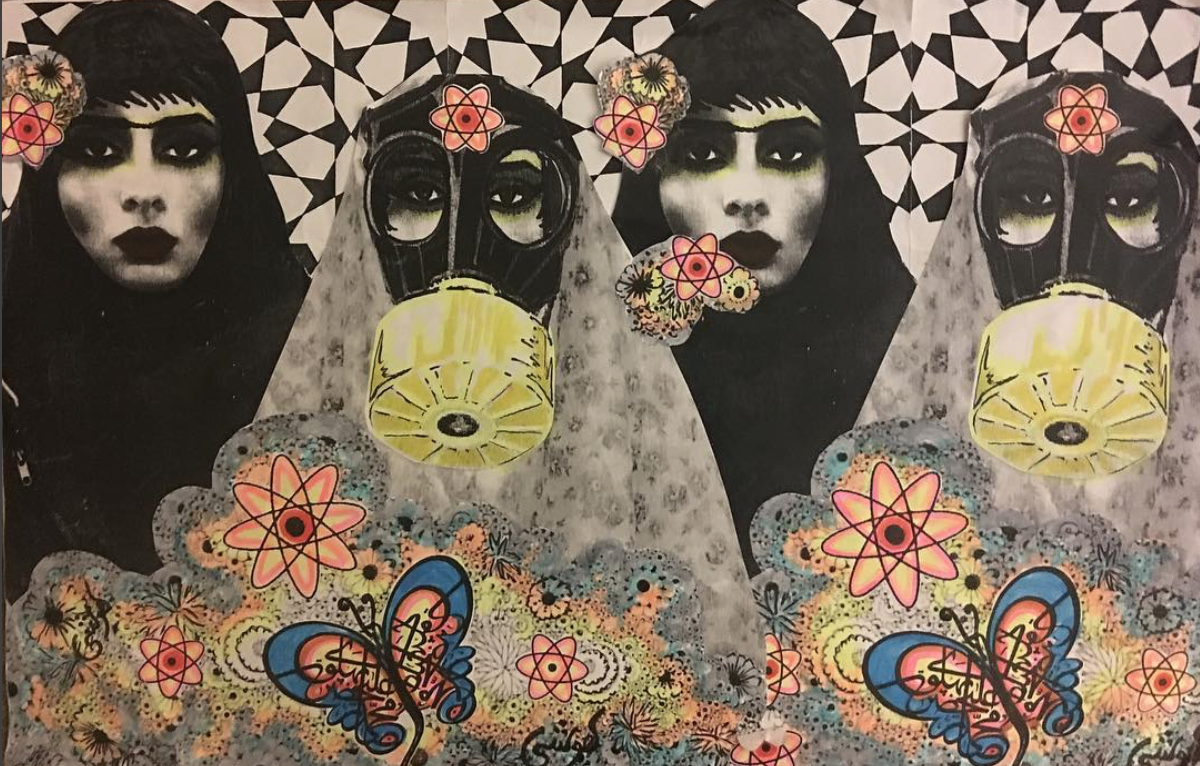











1 comment